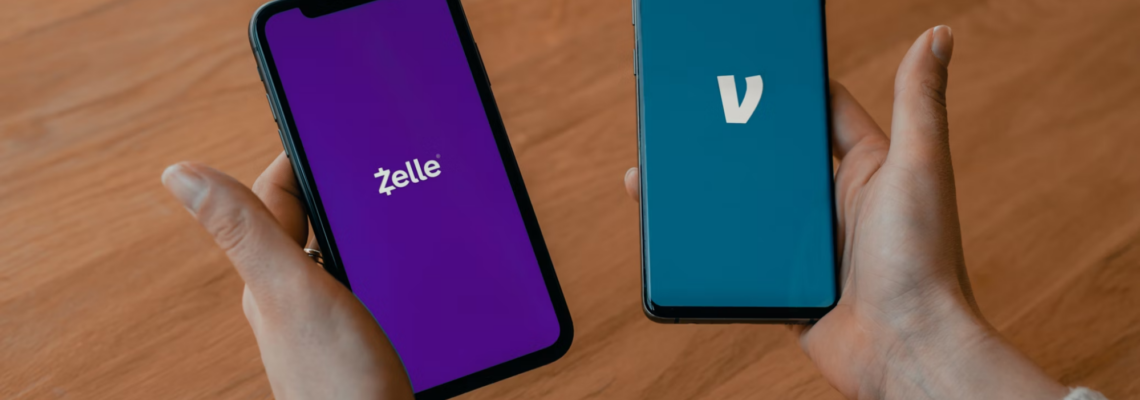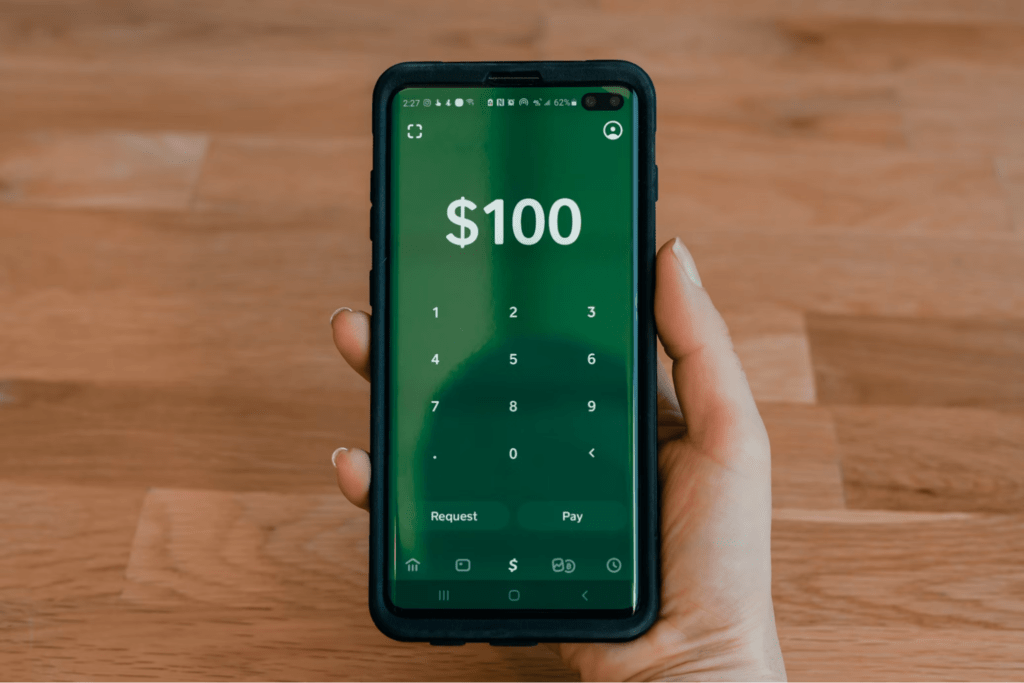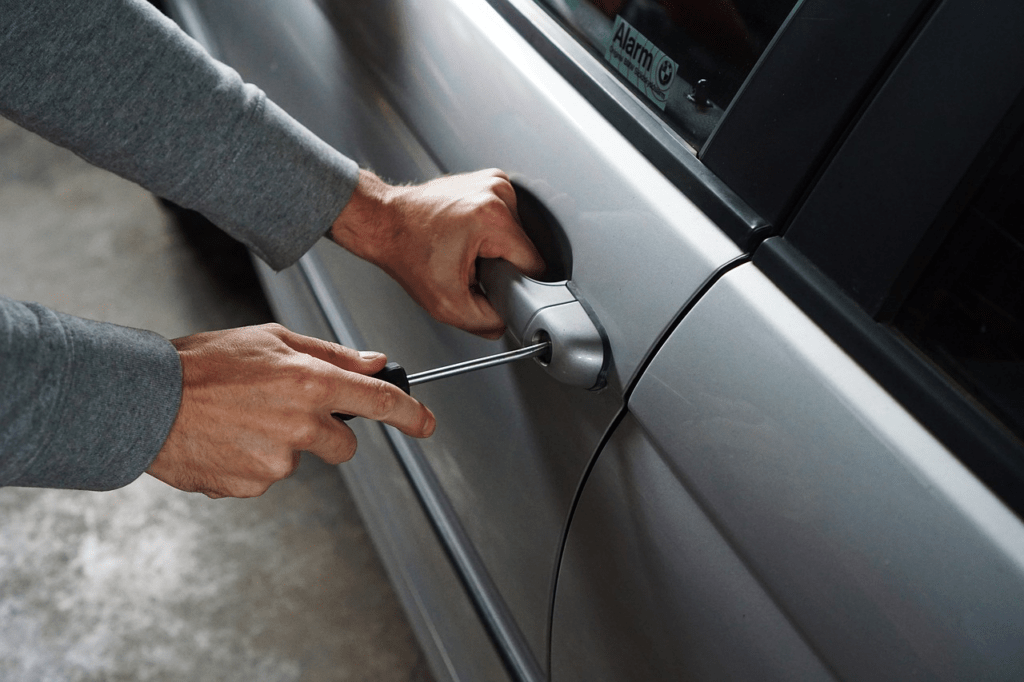
Although payment fraud has existed for a long time, this crime has become more prevalent in recent years. In 2023, there was a 15% increase in fraud conducted through payment apps compared to 2022’s records.
This alarming increase in payment crime rates led Manhattan District Attorney (DA) Alvin Bragg, Jr. to warn the public about Venmo, Zelle, and Cash App fraud draining bank accounts. The DA also sent stern letters to the owners of these apps, urging them to take immediate action to protect users.
As of 2023, these platforms held the top fourth, third, and second place, respectively, on the list of apps and services used in scam payments in the U.S.
In this guide, we’ll show you:
- Ways these platforms are being used for fraud
- Popular scam tactics on the platforms
- Top methods to avoid the scams
- A secure platform for your financial safety
How Are Venmo, Zelle, and Cash App Being Used for Fraud?

Thieves now understand that the jackpot isn’t to steal people’s smartphone devices—it’s to transfer large sums of money from their victims’ payment apps to their accounts.
In DA Alvin Bragg’s letter to these companies, he said, “The ease with which offenders can collect five- and even six-figure windfalls in a matter of minutes is incentivizing a large number of individuals to commit these crimes, which are creating serious financial, and in some cases physical, harm to our residents.”
According to the DA, some of the payment fraud offenses include:
- Physical robbery—There have been reports of users being robbed at knifepoint across the U.S. Scammers order them to unlock their devices and send thousands of dollars to the scammers’ accounts
- Phone borrowing—Scammers approach people and ask to use their phones. If they manage to get access to the victims’ phones, they quickly steal money from them through their payment app
- Account breaches—Unauthorized users remotely access victims’ devices, change their security information, and drain their bank accounts. Offenders make purchases from the victims’ accounts or open new accounts using their app information
The DA urged Venmo, Zelle, and Cash App to put more stringent security measures in place to curtail these activities, but learning about these scams will help you avoid them completely.
Popular Cash App, Zelle, and Venmo Scams
Scammers frequently come up with new creative tactics to evade security measures, but their general scam playbook remains the same.
These are the three most common payment scam tactics:
- Phishing and impersonation
- Stealing or borrowing devices
- Spoofing
Phishing and Impersonation

Many scammers impersonate various trusted organizations and individuals. The criminals may pretend to be:
- Government agencies or charities
- Zelle, Venmo, or Cash App representatives or tech support
- Bank representatives
- Your colleagues, business partners, family members, friends, etc.
In a scam like this, criminals contact you via email, call, or text and share elaborate stories to gain your trust. For example, they’ll pretend to be someone you know and tell you they’re in an emergency and need your help with funds.
Alternatively, they may inform you that you qualify for a government relief fund, but you must share your financial information with them to verify your account and process the payment.
Stealing or Borrowing Devices

Payment app scams used to be mainly digital, but lately, fraudsters have taken their activities to the streets. For example, they steal mobile devices by breaking into your car or snatching your phone in public. Then, they use the payment apps to withdraw money or pay for items without your permission.
There’s also the scam case of borrowing your phone to make a call and then stealing from your apps, as discussed earlier. They may also approach you physically to request donations to a cause, such as payment for relatives’ medical bills or community sports center equipment.
If you give them your phone for any reason, they attempt to steal from your payment app.
Spoofing

This scam is popular on online marketplaces like Facebook Marketplace or Craigslist. Scammers create a fake profile similar to an existing one, but they modify the original account name slightly so that it’s hard to tell they’re fake. For example, they tweak a company’s profile name from “Brickell Rentals” to “Brickwell Rentals.”
They list the same products or rentals as the original accounts they’re imitating and use their fake accounts to scam unsuspecting people. Once you pay for the item or deposit money for the rental, the scammers disappear.
Another way scammers spoof is by sending you a malicious URL that looks like it’s from a legitimate organization like Zelle. They ask you to input your personal information via the link to help you solve a technical problem when, in reality, they’ll use it to access your account. They can also install malware on your device through the spoofed link.
How To Avoid Zelle, Venmo, and Cash App Scams
Security measures on most payment apps are insufficient to keep scammers at bay. Scammers may rely on your trusting and helpful nature, and sometimes carelessness, to take advantage of you—and they’re good at it.
Being extra cautious when using these apps can make a big difference to your security. These are some safety practices to begin with:
- Enable the security settings on your payment apps
- Create a unique password
- Set up a device lock
- Beware of unverified URLs
- Verify before making transactions
- Don’t store large savings on payment apps
Enable the Security Settings on Your Payment Apps
Once you open an account with the platform, turn on your security settings. Check that the security settings are at the highest standards and offer the app’s highest level of protection. Also, set up multi-factor authentication for additional verification before log-ins and payments.
Create a Unique Password
Use a hard-to-crack password on your payment app and any other app that contains your financial information, such as your bank account. Make it as difficult as possible for any unauthorized personnel to get in. For extra safety, consider using a password manager to generate more secure passwords and store them safely.
Set Up a Device Lock
Activate a device lock to protect your apps from unauthorized access. Also, remember to log out of your payment apps after use. Disable the auto log-in features on your mobile payment apps so your approval for access is always requested.
Beware of Unverified URLs
Never click on links from unverified senders. This is especially important in cases where you get a message from a sender that appears to be a payment platform. Use a malicious URL checker to verify the link’s safety, and check the URL for telltale signs of scams, such as typos and spelling errors.
Verify Before Making Transactions
Confirm who you’re sending money to or receiving money from before you accept the request. Inspect the person’s or organization’s name closely to verify their legitimacy and spot inconsistencies.
Only send money to people you know and trust. When in doubt, try to contact the parties through another legitimate means of communication before proceeding.
Don’t Store Large Savings on Payment Apps
Avoid keeping a significant sum in your online payment apps, as it makes you susceptible to money loss. Payment apps like Venmo, Zelle, and Cash App function like physical cash—once you hand out money from your wallet to scammers, you can’t recover it.
These apps don’t offer fraud or purchase protection that would help you recover your money after a scam. This is one of the reasons why experts advise storing large savings in a more secure savings account like FortKnox and keeping only a small portion in digital wallets. This will help mitigate financial losses if a scam ever occurs.




